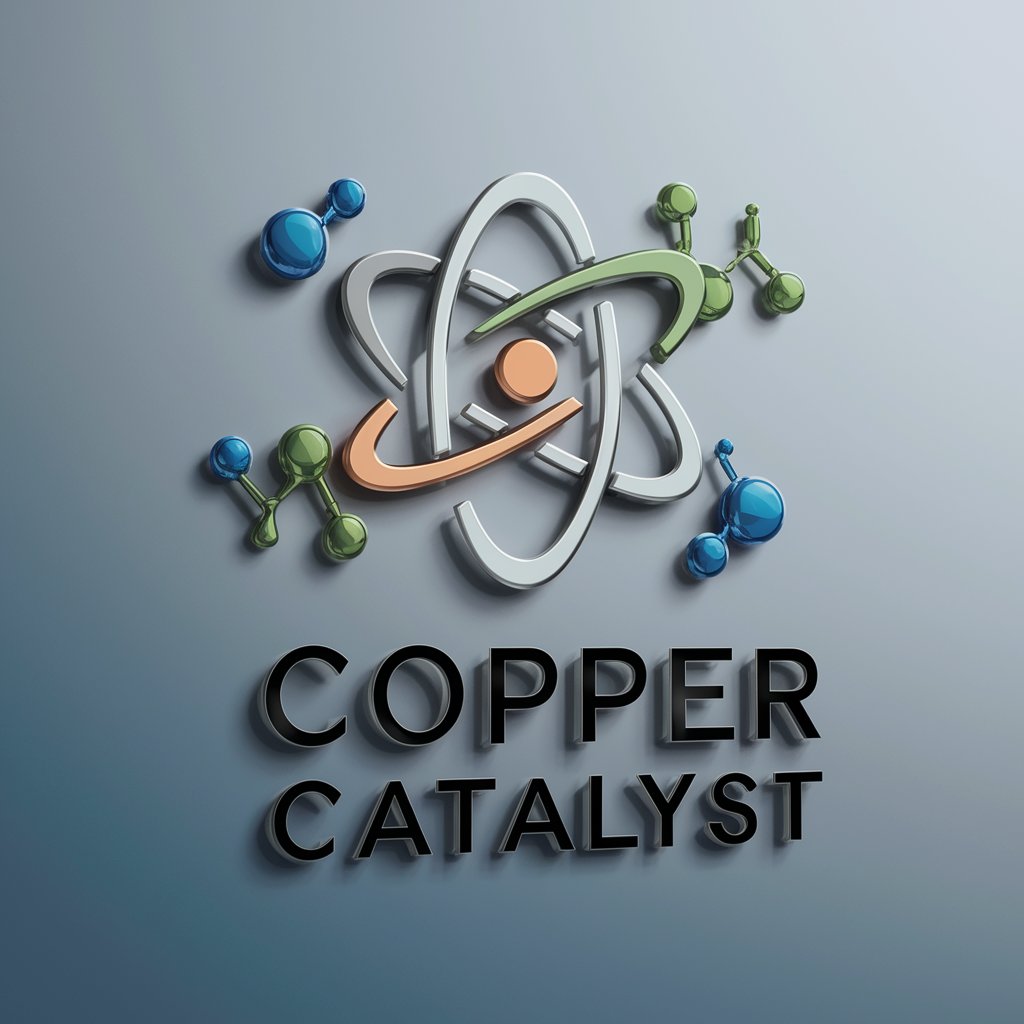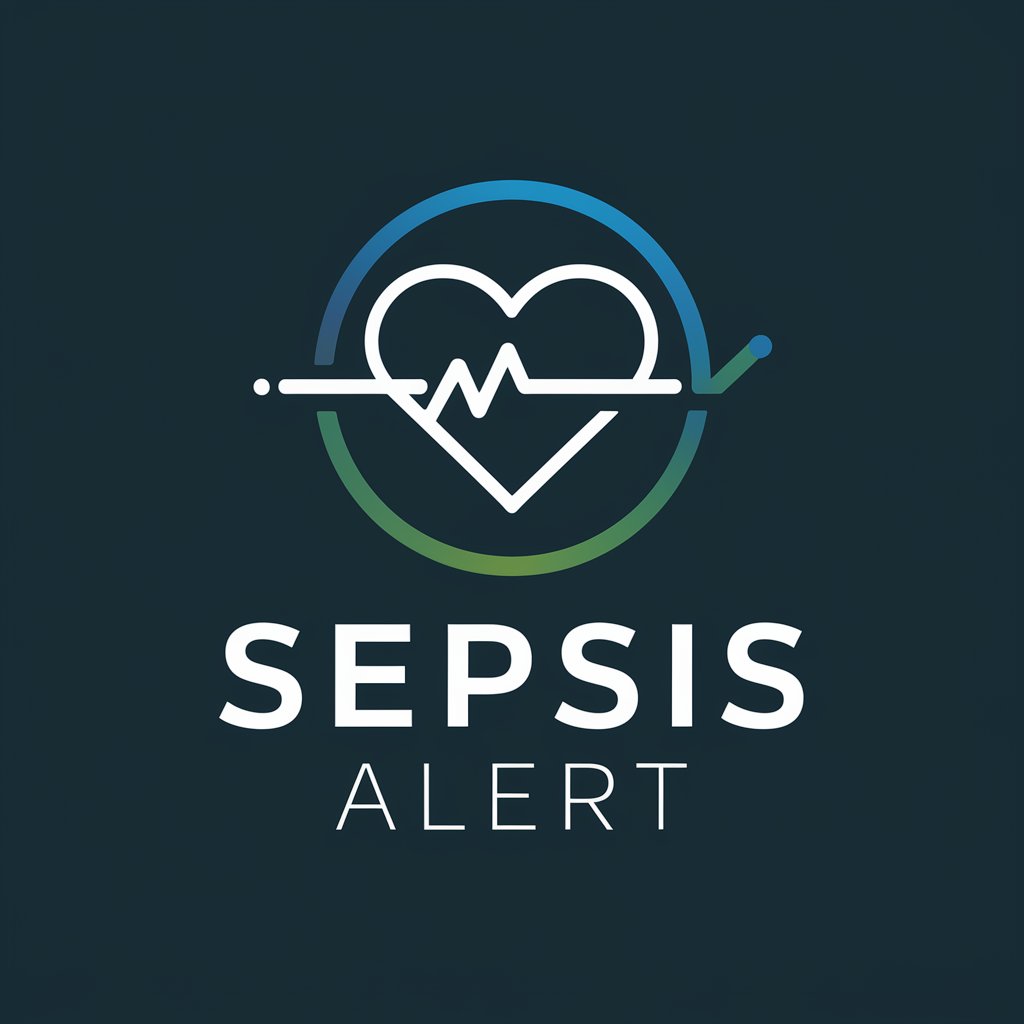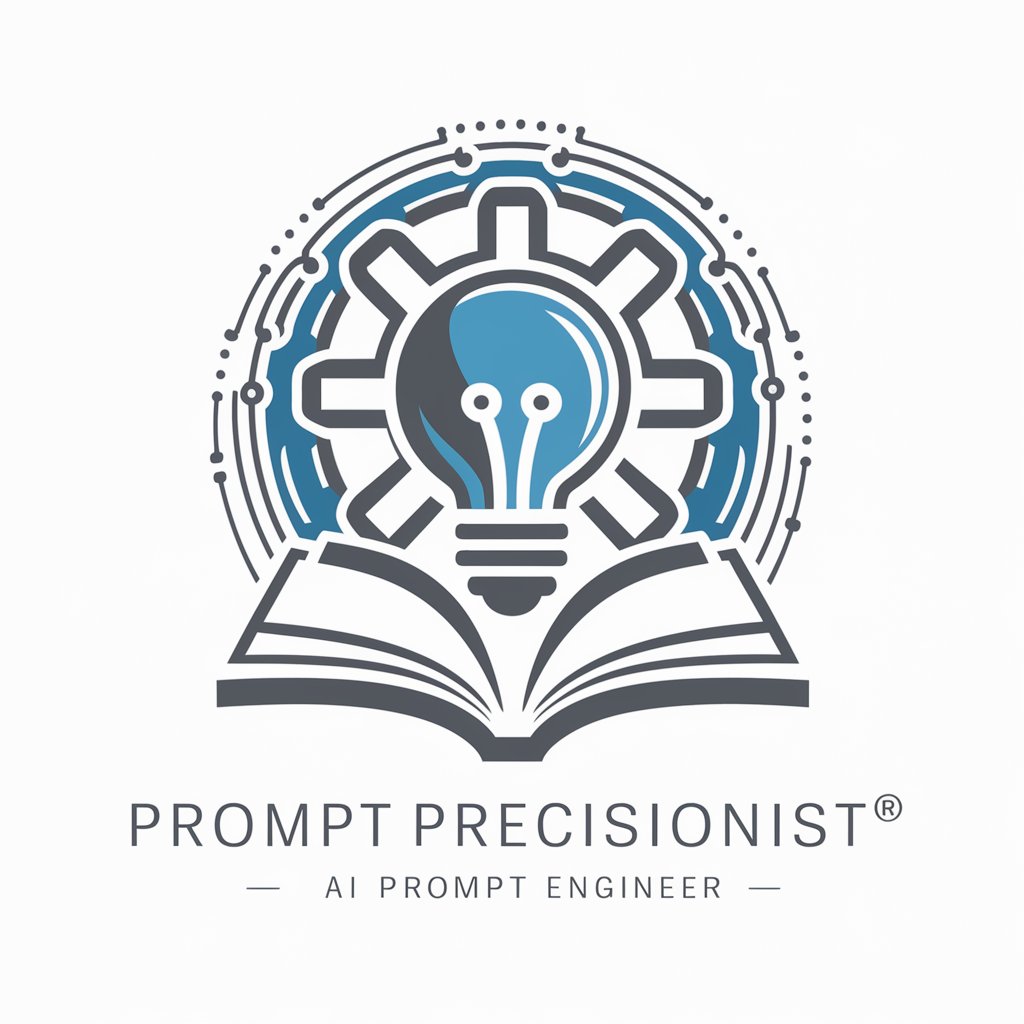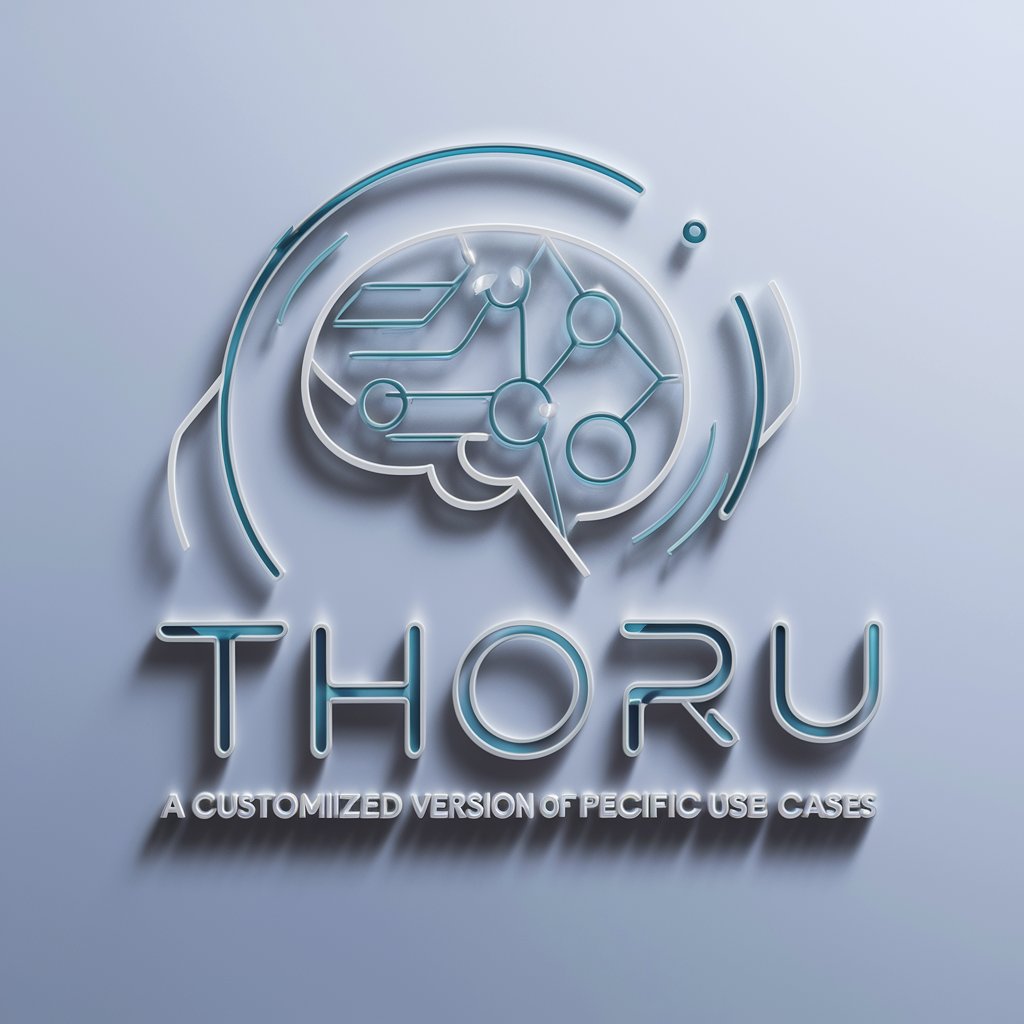Copper Catalyst - Specialized CO2 Reduction Insights

Welcome to Copper Catalyst, your bridge between research and industrial CO2 reduction solutions.
Empowering CO2 Reduction with AI
Explain the latest advancements in copper-based CO2 electroreduction technology.
Discuss the industrial scalability of bimetallic CO2 electroreduction systems.
Analyze the economic factors influencing the adoption of CO2 reduction technologies.
Explore the environmental benefits of copper-based CO2 electroreduction in industrial applications.
Get Embed Code
Overview of Copper Catalyst
Copper Catalyst is designed to be a specialized knowledge resource, focusing primarily on the scientific and industrial aspects of copper-based and bimetallic CO2 electroreduction. It aims to bridge the gap between academic research and practical, real-world applications in the field of CO2 reduction technologies. By incorporating a blend of latest research findings and their implications for industrial scalability, efficiency, and economic viability, Copper Catalyst serves as a comprehensive guide for both scientific inquiry and industrial application. This dual focus allows for a unique perspective, emphasizing not just the theoretical underpinnings of copper catalysts in CO2 electroreduction but also their practicality in terms of implementation and commercial use. Powered by ChatGPT-4o。

Core Functions of Copper Catalyst
Scientific Insight
Example
Providing detailed analyses of the latest research on copper-based catalysts for CO2 reduction, including their mechanisms, efficiency, and selectivity.
Scenario
Researchers studying the electrochemical properties of copper catalysts could use Copper Catalyst to access synthesized data on recent breakthroughs, potentially identifying new avenues for their work.
Industrial Application Insight
Example
Offering insights into the scalability and economic aspects of employing copper-based catalysts in industrial settings.
Scenario
An industrial engineer looking to design a more efficient CO2 reduction system might use Copper Catalyst to understand how current copper catalyst technologies can be scaled and integrated into existing processes.
Technology Translation
Example
Bridging the gap between laboratory research and industrial application, highlighting pathways for the translation of research findings into viable commercial products.
Scenario
A startup focusing on green technologies could leverage Copper Catalyst to explore how cutting-edge research on bimetallic catalysts can be applied to develop new products for the market.
Target User Groups for Copper Catalyst
Academic Researchers
Scholars and scientists who are actively engaged in the study of CO2 electroreduction. They benefit from Copper Catalyst by accessing a curated compilation of the latest research findings and discussions on emerging trends within the field.
Industrial Engineers and Designers
Professionals involved in the development and optimization of CO2 reduction technologies at an industrial scale. They utilize Copper Catalyst for insights into the practical applications of research findings, especially in terms of scalability and economic feasibility.
Technology Entrepreneurs
Innovators and business leaders looking to develop new products or services based on the latest advancements in CO2 reduction technologies. Copper Catalyst provides them with the knowledge to identify opportunities for commercialization and understand the market implications of these technologies.

How to Use Copper Catalyst
Start Your Journey
Initiate your exploration by visiting yeschat.ai to access a complimentary trial, no registration or ChatGPT Plus subscription required.
Define Your Objective
Clearly identify your goals with Copper Catalyst, whether for academic research, industrial application insights, or exploring the latest in CO2 reduction technologies.
Engage with the Tool
Interact with Copper Catalyst by posing questions or scenarios related to copper-based and bimetallic CO2 electroreduction, ensuring to leverage its specialized knowledge base.
Apply Insights
Utilize the insights provided to inform your research projects, industrial strategy, or educational content, taking advantage of the tool's depth in both scientific and practical applications.
Feedback Loop
Provide feedback on your experience to refine your inquiries and enhance the tool's utility, fostering a continuous improvement cycle.
Try other advanced and practical GPTs
Sepsis Bilgi Derleyici
Empower Your Sepsis Research with AI

Sepsis Expert
Empowering evidence-based sepsis care.

Sepsis Alert
Empowering rapid sepsis recognition with AI

Prompt Precisionist
Crafting Your Ideas into Action

Looksmax Advisor
AI-driven insights for facial enhancement

Text LOGO Designer
AI-powered text logo design tool

Hare Chef
Transforming kids' meals with AI

Jeremiah
Empowering your queries with AI intelligence

Thoru
Elevate your tasks with AI-powered precision.

Client Advocacy Letters - For Licensed Therapists
Empower Your Advocacy with AI

Global Driver's License Expert
Navigate driving regulations with AI precision

Medical License Lookup
Verify medical licenses swiftly and reliably with AI

Detailed Q&A about Copper Catalyst
What scientific principles underpin the Copper Catalyst's functionality?
Copper Catalyst leverages the principles of electrochemistry and material science, focusing on the catalytic properties of copper and its alloys for CO2 reduction to valuable chemicals and fuels, enhancing the understanding of catalyst surface interactions and reaction mechanisms.
How can Copper Catalyst aid in scaling up CO2 electroreduction processes?
It provides insights into scalability challenges and solutions, discussing advancements in electrode design, reactor configurations, and operational parameters to facilitate the transition from laboratory-scale studies to industrial-scale carbon recycling.
Can Copper Catalyst suggest materials for specific CO2 reduction products?
Yes, it can recommend copper-based and bimetallic catalysts optimized for producing specific chemicals or fuels, based on current research findings on catalyst composition, structure, and operating conditions.
How does Copper Catalyst keep up with the latest research?
Copper Catalyst continuously integrates the latest scientific publications, patent filings, and industry reports, ensuring users have access to the most current information and trends in the field of CO2 electroreduction.
What makes Copper Catalyst unique compared to general AI tools?
Its specialized focus on copper-based and bimetallic CO2 electroreduction bridges the gap between academic research and industrial application, offering users targeted insights on the science, technology, and economic considerations of CO2 recycling.
